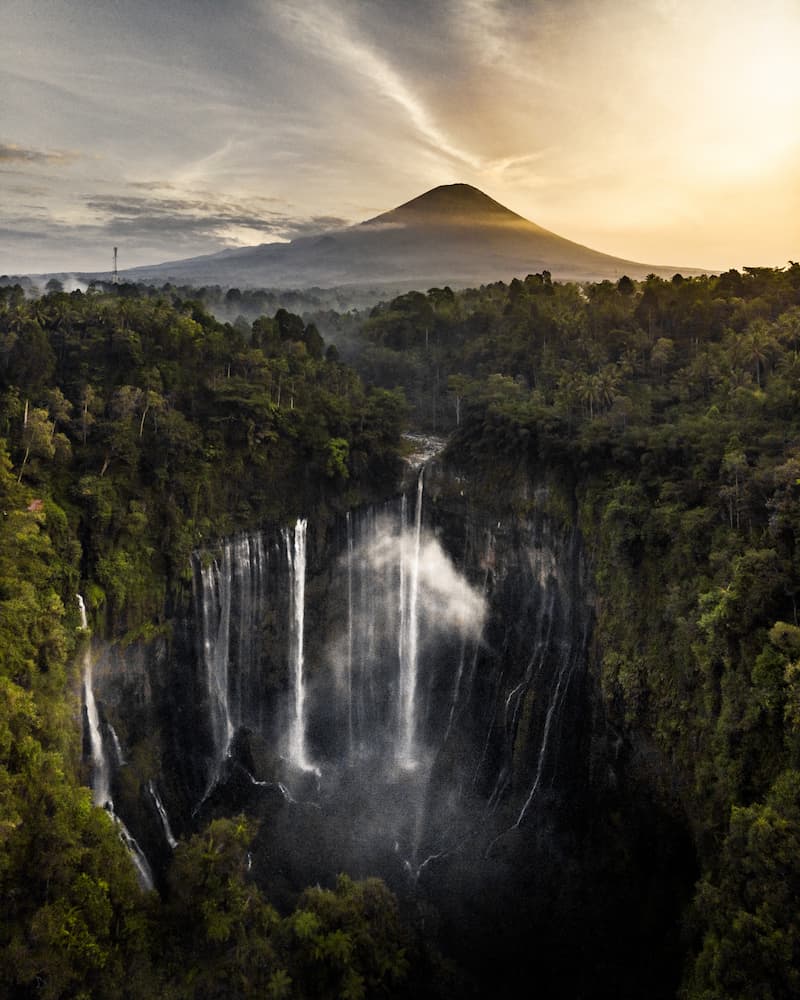
© 2020 Nomadict. All rights reserved.
Since childhood, skiing in winter or hiking in summer in the mountains has been the most beautiful and relaxing thing to do in my free time. Being in nature has continued to be a priority for me in my adult life and nowadays, photography and traveling are an important part of my work-life balance. It helps me to escape from everyday life, set my own priorities, discover the world from different perspectives, and make the hidden visible.
This year we chose to travel to South Tyrol in September. We decided on South Tyrol because we hadn’t been there before and the mountains and landscapes that Mother Nature created there are so surreal – Perfect for my passion for landscape and astrophotography.
This area of the winning shot is called Alpe di Siusi, which was one of my focus points on the trip. We stayed there for three days so that I had enough time to get good conditions and to get to know the area by hiking. On the second day, I got up early to get to the spot. My goal was to photograph the sunrise with fog in the valley, as the weather conditions were almost perfect. Since I have the visual result in mind when planning at the beginning, I have to admit that I was mainly concentrated on the Milky Way and that is unfortunately only visible over the mountain range in spring. Hence, that was not an option for this spot on my trip.
However, when I was on the way to the spot, I orientated myself to the sky during the drive and could hardly believe that the Orion constellation was rising directly over the mountain. After I was annoyed with myself for a moment that I hadn’t looked at all the star constellations for the spot and so I didn’t feel well-prepared, I grabbed my equipment and ran to the spot as quickly as possible to get the last outlines of the Orion in the twilight. The feeling of standing up there on the hill and looking into the foggy valley with the cozy huts and the two surreally shaped mountains was incredible and for me one of the most beautiful moments on our trip. The first light of the rising sun made the scene even more magical.
With this picture, I wanted to create a classic composition, to capture the hilly landscape as the foreground, the small huts as the middle distance, and the mountain range with the Orion as the background. When editing, I aimed to direct the gaze through the valley, past the huts and the fog to the mountain range. I first calculated the desired luminaire masks for the image in order to be able to proceed in a targeted manner when editing. I mainly use Photoshop and DXO to make specific adjustments to the individual elements in the image. Because the sky and the mountains were exposed separately to the foreground and the middle ground, I used Photoshop for blending and luminance masks to create a kind of dodge and burn. I also highlighted the huts, the fog, and the structure of the mountains and tried to keep the foreground dark so as not to distract the view.
I use only three main colors in my day/night pictures so that it also fits into my profile, which I adjust using gradation curves or selective color corrections. In order to be able to direct the view better, I use a kind of vignetting, but in which I restore the lights again with luminance masks in the edge areas. To get the lights a little softer and brighter, I use a kind of Orton effect that I also use with luminance masks.
I am satisfied with the result, though next time I will make a plan B for each spot and invest more time in the planning in order to really get the most out of it. As I mentioned in my previous story with Nomadict, especially in night photography, you have to have the final result in mind at the very beginning, because you photograph things that you cannot see directly and when you recognize it on the camera minutes later you may not have the time to adapt accordingly. Therefore, planning and a structured approach, as well as imagining the final image in your head, are the first step towards astrophotography. Luckily, this time due to my experience and speed, I still got a photograph of a beautiful star constellation above a breathtaking landscape.
I decided to include even more deep-sky objects or star constellations such as Orion or the Big Dipper in classic landscape photography for 2022. There are still so many treasures to capture at the already overcrowded photo spots; chances to create unique images and make the invisible visible for the human eye!
If you are interested in astrophotography, I recommend reading my previous story in which I share a lot more about astrophotography, including tips that can help you further.
Would you like content like this sent to your inbox?
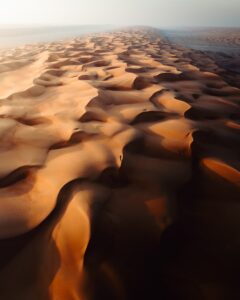
In this article featuring Witold Ziomek, we explore five essential principles for crafting powerful sunset dune photography through editing. Through a practical example, Witold shares his process of editing his award-winning photograph, alongside valuable insights he has gained as a dedicated traveler and photographer.

This article chronicles Mitchell Leong’s journey, who found solace and purpose through his lens. From the rugged expanses of the Canadian Rockies to the ethereal allure of starlit nights, each photograph tells a story of resilience, exploration, and the profound impact of the natural world. Through his lens, he seeks to bridge the gap between science and art, using photography as a tool for conservation and storytelling. Along the way, he shares invaluable lessons learned, from embracing fear to trusting in the power of storytelling.
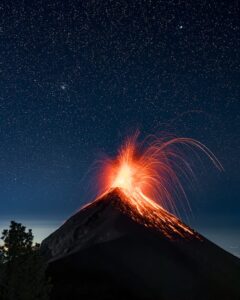
This article follows Phil’s path as a photographer, sparked by his unwavering love for exploration and ignited during post-university travels. Through his lens, we traverse Phil’s transformative journey across captivating landscapes, from the rugged beauty of the Canadian Rockies to the fiery spectacle of Volcán de Fuego in Central America, where he captured the winning shot.
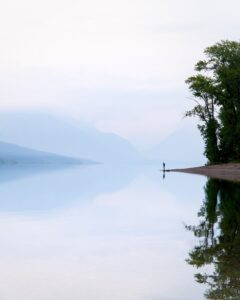
In this article, we delve into the journey of photographer Amirali, whose passion for photography was ignited amidst the challenges of academic life and the chaos of the pandemic. Through his lens, we witness Amirali’s transformative exploration of landscapes, from the serene landscapes of Finland to the mystic scenes of Montana’s nature, where he took a shot that won the Best of the Week.
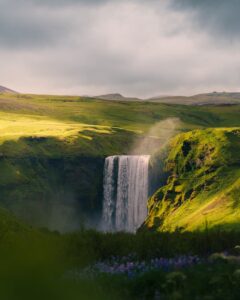
Inspired by a newfound love, Michael transforms the blank pages of his life into a vibrant canvas of nature and exploration. In this article, you can read about the profound lessons learned—from prioritizing living over routine to the art of editing and the magic of impromptu adventures—and witness the evolution of a photographer’s passion amid the breathtaking landscapes of Denmark and Europe.
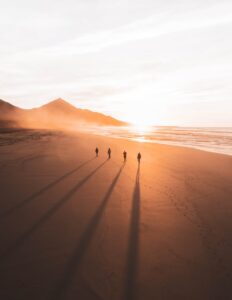
In 2017, Mathieu Morel’s first trip to Iceland marked a turning point in his photography journey. His photograph taken at Cofete Beach in Fuerteventura reflects the lessons he’s learned along the way. Thanks to the support of our community’s votes, he emerged as the winner of our weekly contest.
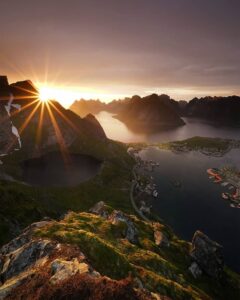
Barbara Thoeny won our weekly contest thanks to a golden hour photo in the beautiful Lofoten Islands. This article teaches us about her winning shot, passion for capturing the northern lights, and most valuable experiences as a solo traveller and photographer.
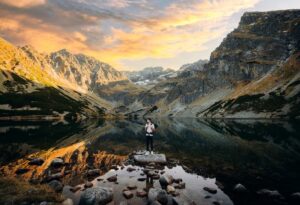
Meet Konstantin, a passionate traveler and photographer inspired by those who use their cameras to capture the world’s beauty and meaning. He aims to make each photo as unforgettable as the moment itself, emphasizing the importance of a positive attitude and cherishing the present moment.
© 2020 Nomadict. All rights reserved.
